Homotransplantation of multiple visceral organs
- PMID: 13916395
- PMCID: PMC2998393
- DOI: 10.1016/0002-9610(62)90491-9
Homotransplantation of multiple visceral organs
Figures
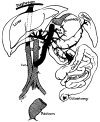
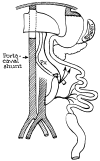
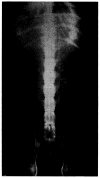


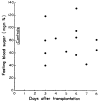





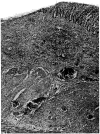
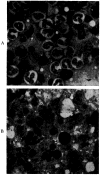


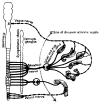
References
-
- Billingham RE. Reactions of grafts against their hosts. Science. 1959;130:947. - PubMed
-
- Goodrich EO, Welch HF, Nelson JA, Beecher TS, Welch CS. Homotransplantation of the canine liver. Surgery. 1956;39:244. - PubMed
-
- Lillehei CW, Wangensteen OH. Effect of celiac ganglionectomy upon experimental peptic ulcer formation. Proc Soc Exper Biol & Med. 1948;68:369. - PubMed
MeSH terms
Grants and funding
LinkOut - more resources
Full Text Sources

